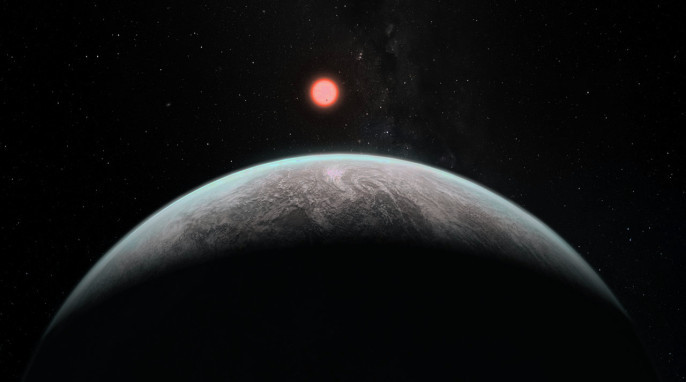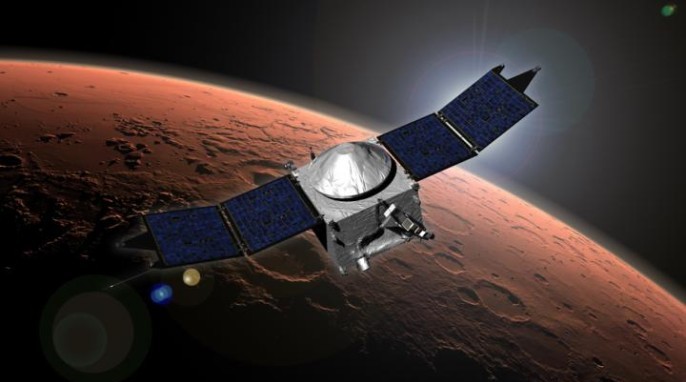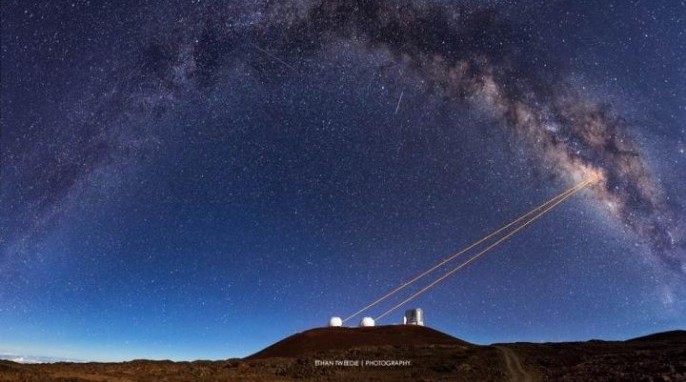Finding Earth-like Planets Just Got Easier
Finding Earth-like planets that may someday support life just got easier. Among the billions and billions of stars in the sky, astronomers look for young planets (so-called infant Earths) where life might develop. New research from Cornell University shows where, and when, infant Earths are most likely to be found. The research was supported by the university’s brand new Institute for Pale Blue Dots, to be inaugurated in May 2015, which is dedicated to the discovery of Earth-like planets. “The search for new, habitable worlds is one of the most…
Read More


